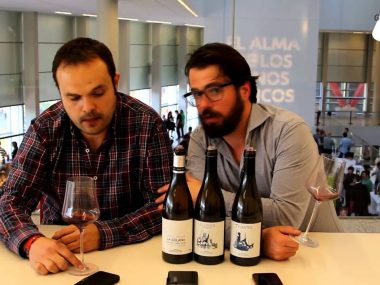Next 4th December we celebrate the Cabernet Franc Day and to celebrate it we want to review some of its most outstanding characteristics and offer you some reasons to taste wines made from this great grape variety.
Cabernet Franc is undoubtedly one of the most important and oldest grape varieties in the Bordeaux region. However, recent genetic and historical studies point to the Basque Country as its place of origin.
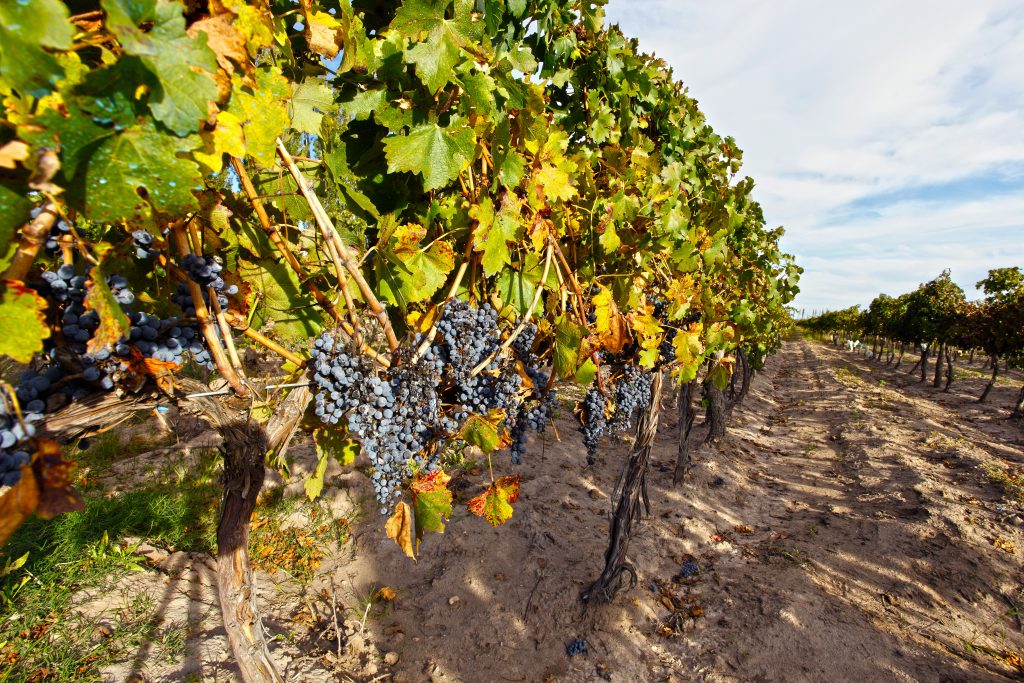
Characteristics of the Cabernet Franc variety
It is a medium ripening and quite vigorous variety, with small grapes. It adapts to chalky clay soils, although it also works well in sandy soils where there is no water stress.
It is a grape very similar to Cabernet Sauvignon, but with less serrated leaves. It buds and ripens earlier than Cabernet Sauvignon and is more prone to millerandage. The vine shoots are hard and it produces small grapes.
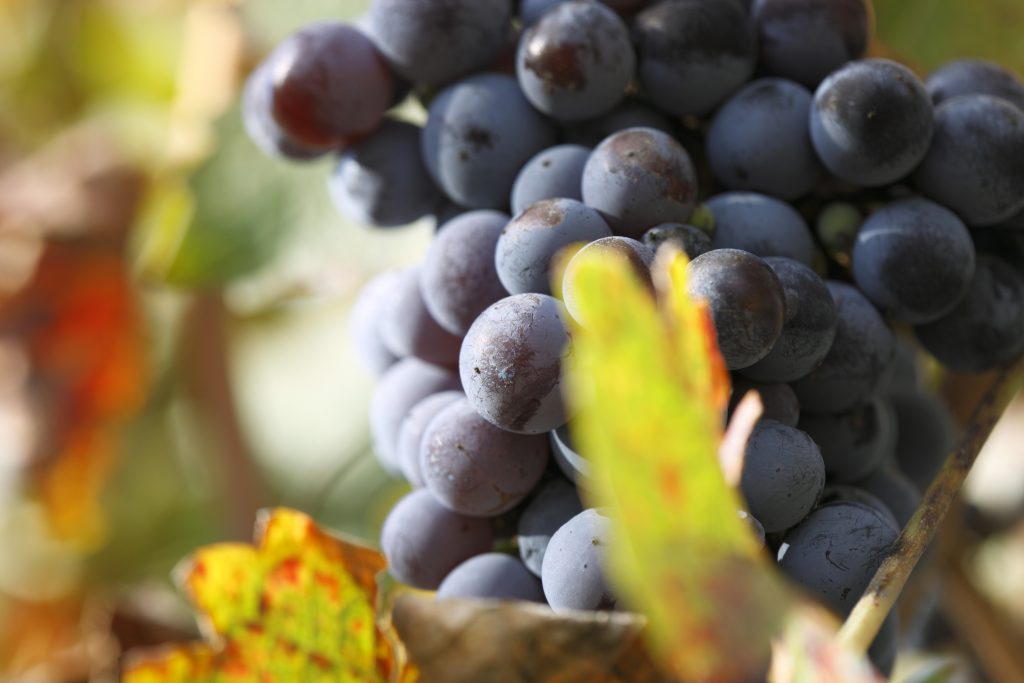
Cabernet Franc wines
Cabernet Franc wines are generally lighter, lighter, fresher, softer and obviously more aromatic than their Cabernet Sauvignon progenitor. The aromas are elegant, refreshing and sometimes slightly herbaceous depending on their level of ripeness.
Yields are crucial, as under-ripeness can generate high doses of methoxypyrazines (herbaceous compounds).
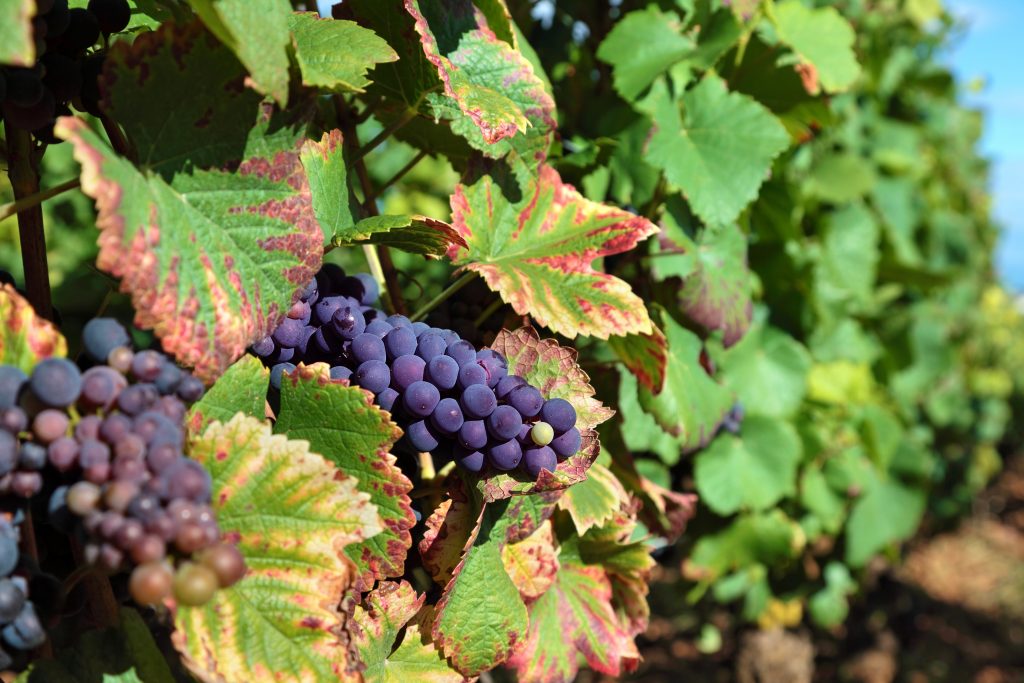
In which regions is Cabernet Franc found?
In France, Cabernet Franc is the sixth most planted red variety, far behind the fifth variety, Carignan. The French origin of Cabernet Franc is the Loire Valley, where, thanks to improved viticultural techniques, and not because of reduced yields, it is producing much more mature wines.
Although elsewhere Cabernet Franc is mainly used as a blending grape, it is in the Loire Valley that it stands out as the dominant and often the only variety. In this area, we find Cabernet Franc wines of excellent quality, which are fragrant, floral, medium-bodied, balanced, silky and with raspberry aromas.
Some good examples for this variety are: Chinon de Château de Coulaine, Bernard Baudry, Philippe Alliet, Charles Joguet (Les Varennes du Grand Clos is made from old ungrafted vines); Bourgueil and Saint-Nicolas de Bourgueil by Yannick Amirault, Domaine de la Butte, Catherine Pierre Breton, Domaine de la Cotellaraie and Pierre Jacques Druet; and Saumur and Saumur-Champingy by Château Fouquet, Château de Hureau and Clos Rougeard.
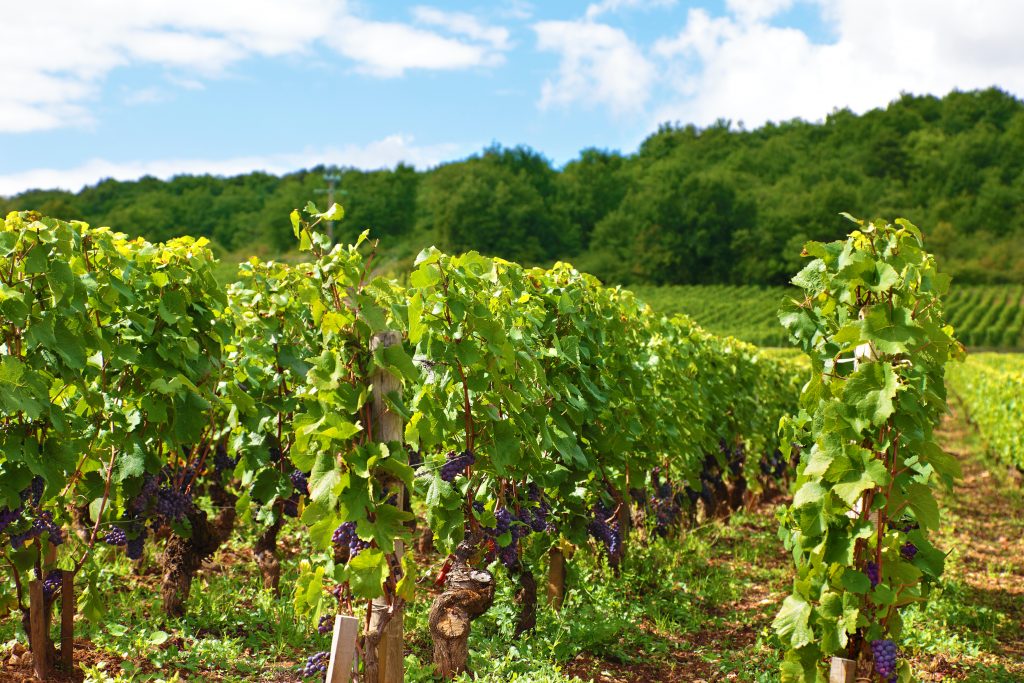
Bordeaux is another interesting region for the production of Cabernet Franc because its vegetative cycle is more regular than its companions Cabernet Sauvignon and Merlot. The Cabernet Franc variety is well adapted to cold climates and therefore it has been traditionally planted for the production of great wines on the right bank of the Gironde. Thus, together with Merlot, it plays an important role in the Saint-Émilion appellation, being part of the blend of some of the best vintages of wines such as Château Cheval Blanc.


